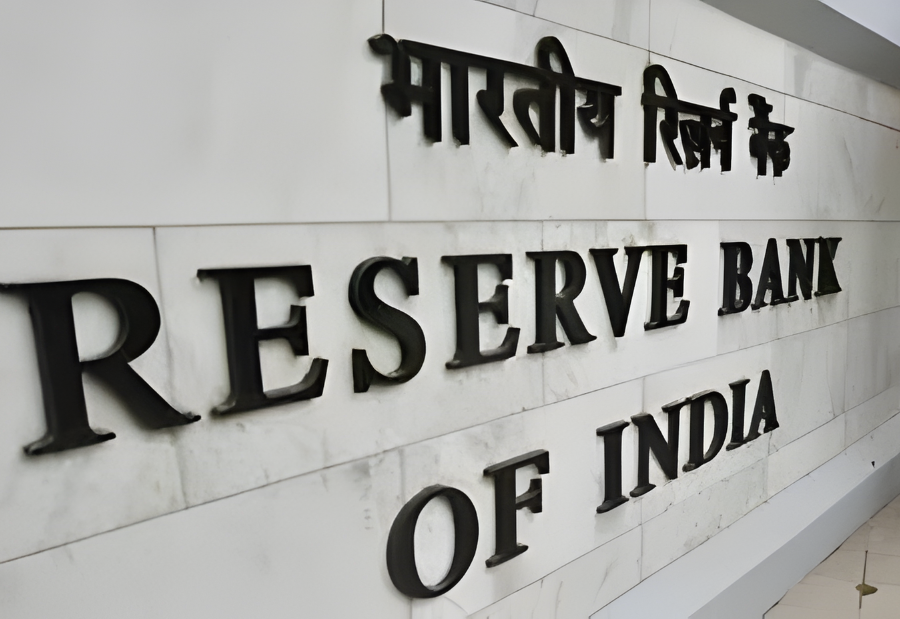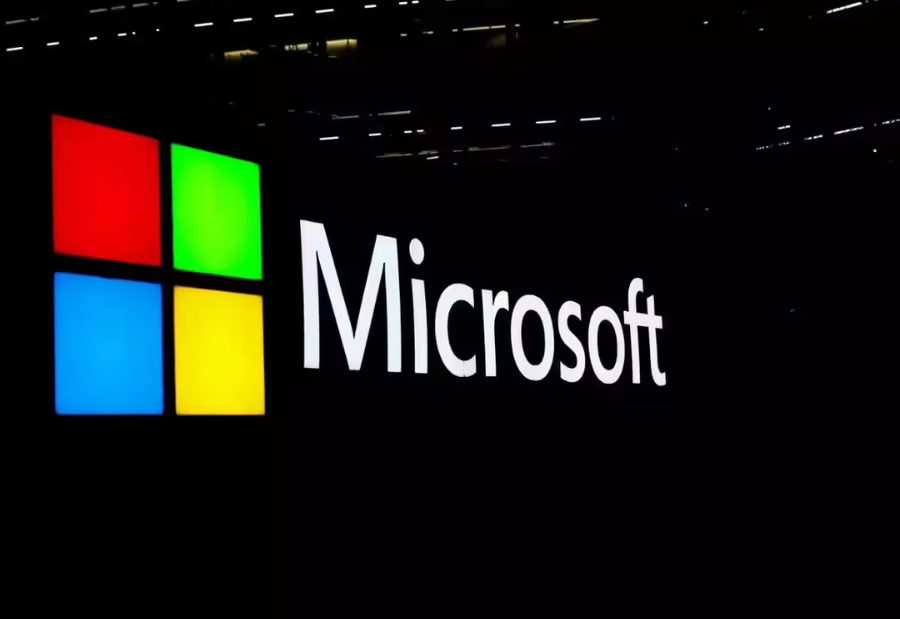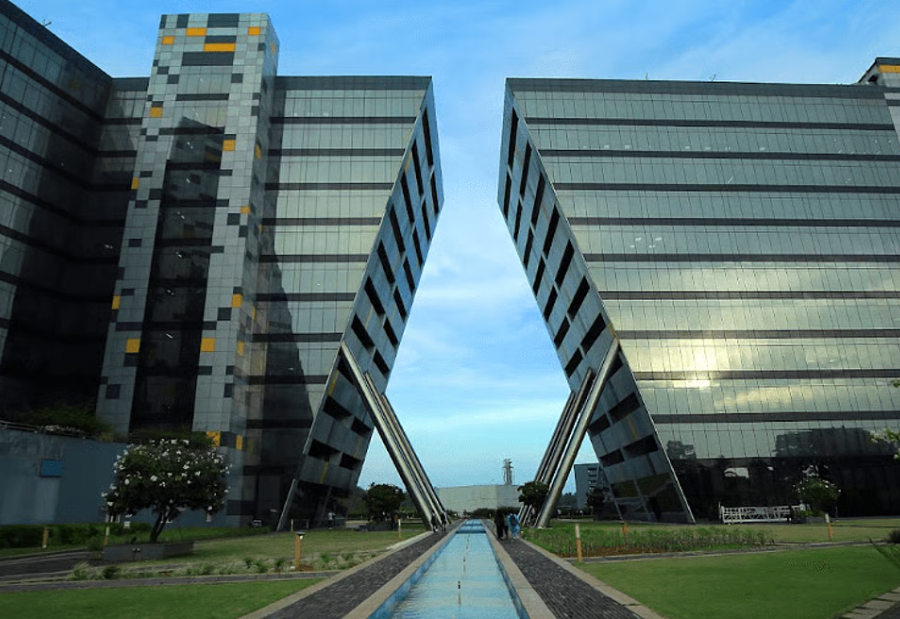The Reserve Bank of India has proposed a reduction in risk weights for loans given by non-banking financial companies to certain operational infrastructure projects. The move aims to ease the capital burden on lenders and make long-term infrastructure financing more affordable.
Under the draft guidelines, loans to “high-quality infrastructure projects,” where the borrower has repaid at least 10 percent of the sanctioned amount, will attract a 50 percent risk weight. Loans with repayment between 5 percent and 10 percent will carry a 75 percent risk weight, compared with the current 100 percent.
High-quality projects are defined as those with at least one year of satisfactory commercial operations and classified as standard assets in the NBFC’s books. The borrower’s revenue should primarily come from a single counterparty, such as the central government or a public sector enterprise, ensuring predictable cash flows.
The draft also specifies strong safeguards, including escrow mechanisms for cash flows, a first charge on project assets, and restrictions on raising additional debt without lender consent. Projects must have sufficient funding arrangements to meet ongoing working capital and future obligations, reducing financial stress and delays.
This policy aligns with the RBI’s earlier observations that operational, high-quality infrastructure projects carry lower credit risk than projects still under construction. While Infrastructure Debt Funds and specialised infrastructure finance NBFCs already enjoy lower risk weights, the new norms extend similar benefits to a wider range of wholesale NBFC lenders.
The proposed changes are expected to free up capital for NBFCs, allowing them to expand lending to infrastructure, a crucial sector for India’s economic growth. Lower capital requirements could also reduce the cost of funds, enabling more competitive lending rates for infrastructure developers.
The RBI has invited comments from stakeholders and the public until November 21, 2025. The amendments are expected to take effect from April 1, 2026, though NBFCs can choose to adopt the framework earlier if implemented in full.
Also read: Viksit Workforce for a Viksit Bharat
Do Follow: The Mainstream formerly known as CIO News LinkedIn Account | The Mainstream formerly known as CIO News Facebook | The Mainstream formerly known as CIO News Youtube | The Mainstream formerly known as CIO News Twitter |The Mainstream formerly known as CIO News Whatsapp Channel | The Mainstream formerly known as CIO News Instagram
About us:
The Mainstream formerly known as CIO News is a premier platform dedicated to delivering latest news, updates, and insights from the tech industry. With its strong foundation of intellectual property and thought leadership, the platform is well-positioned to stay ahead of the curve and lead conversations about how technology shapes our world. From its early days as CIO News to its rebranding as The Mainstream on November 28, 2024, it has been expanding its global reach, targeting key markets in the Middle East & Africa, ASEAN, the USA, and the UK. The Mainstream is a vision to put technology at the center of every conversation, inspiring professionals and organizations to embrace the future of tech.




